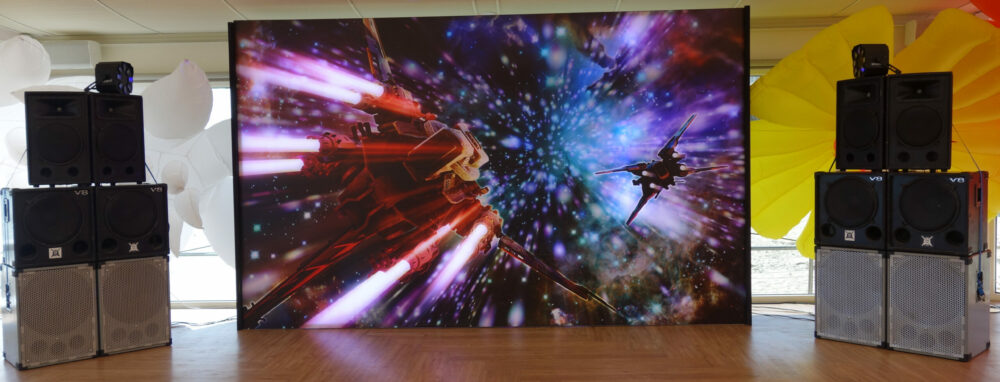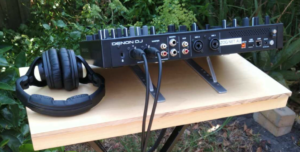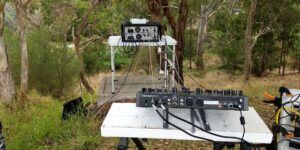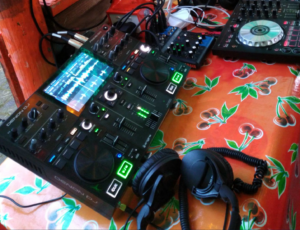I’ve had the DENON PRIME GO now for just over a year. It replaced my Linux laptop / MIXXX / Pioneer DDJ-SB2 setup, which was great – but I’d had the occasional cryptic crash on stage that was near impossible to replicate in my home studio and debug effectively.
I feel I haven’t abandoned Linux as the ENGINE OS DJ platform is an embedded Linux appliance under the hood – though it is not open source.
TLDR:
Great sound, convenient, reliable. Not perfect, but more than good enough. I’ve played a bunch of shows of various sizes using this device in the last year and it has delivered. It lets me enjoy the music and have fun.
I had one hardware failure with it – the cross-fader stopped working, but not while playing “live”. Denon/DJCITY repaired this under warranty, which took about 6 weeks.
On to the details….
cons:
- Not having individual channel level meters is an inconvenience, but I can cope. This is a topic of massive discussion on the ENGINE DJ forums.
- Managing the playlists using ENGINE DJ on an ms-windows laptop is a minor annoyance as it’s clunky, but I can cope. This is used to manage the lossless audio files on the SD/USB which is then inserted into the PRIME GO.
- Filter and delay (on the sweep FX knob) not audible in the headphone cue is annoying.
pros:
- The unit has not crashed or had any other kind of “downtime” or glitch needing problem solving while gigging. Which is why I got it.
- Great sound.
- Denon are responsive to fixing software issues and the software has been progressively improving in terms of features and bug fixes since I got the unit.
- Small, but sturdy feeling, not cramped to use.
- Running on batteries for hours means not worrying about a power point if there isn’t one readily available.
- When the cross-fader failed, I could disable in the config and was able to play fine just using the level faders.
other cool stuff:
- DJs with Rekordbox pioneer formatted USB sticks can plug in and get up and running fairly quickly on the device. Not something I need to use myself, but nice to know James Steer and others can sit in and use the device with minimum hassles.
- The streaming feature works well. This is streaming audio TO the device as tracks to play, not streaming the set FROM the device to online. I don’t use it myself, but Gavin Castle was able to play a great set with minimal setup time from TIDAL.
- The flat screen orientation is a bit awkward but this is easily fixed using an inexpensive laptop stand ($13 – $20 approx from ebay etc), see this video for info.



